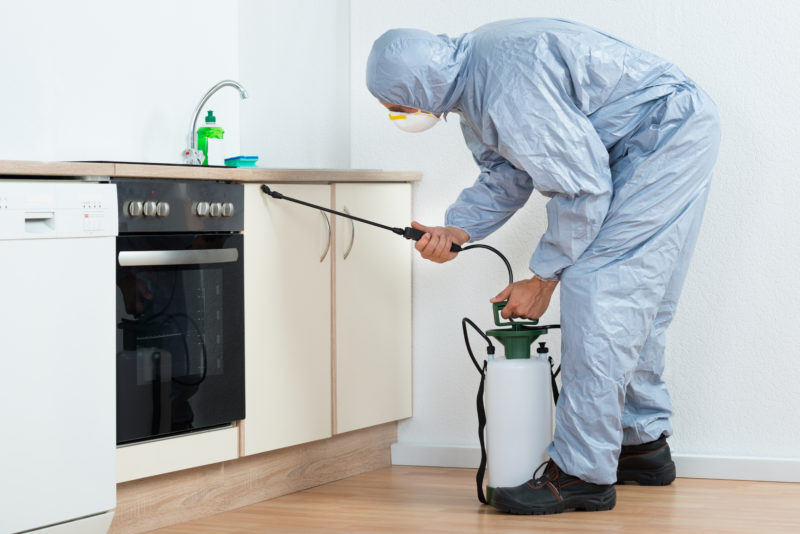Maintaining good indoor air quality is vital to ensure your home in Merritt Island, Florida, feels comfortable and healthy. The most common culprits behind poor indoor air quality (IAQ) are the chemical pollutants that can enter into your home. Here are six common chemical pollutants that can impact your home’s air quality and family’s health:
Pesticides and Insecticides
Pesticides are a great way to keep your garden looking great and help your flowers bloom to their potential. But they can emit chemicals into the air. Those chemicals not only coat your plants but also migrate through cracks and poor seals around your home. As a result, they can circulate in the air and wreak havoc on the air you breathe.
You should be cautious when using insecticides to combat indoor pests such as bed bugs, cockroaches or lice. The vapors and mists from these sprays can stay in the air, circulate through your home’s HVAC system and lead to illness. Some of the problems that pesticides and insecticides can cause when they circulate through your home include:
- Skin irritation
- Irritation of your respiratory tract
- Damage to the mucous membranes in your eyes
Paint
A fresh coat of paint can be the perfect way to brighten a room or change the look of your living space. However, as you apply fresh paint, volatile organic compounds (VOCs) can release into the air. They can cause a host of health issues such as:
- Dizziness
- Headaches
- Nausea
Carpet
The new carpet smell that seems to make the room feel fresher is an odor emitted from a chemical called 4-phenylcyclohexene. This chemical is used on carpet backing and has been linked to severe toxicity and spontaneous lesions in laboratory animals when exposed to high amounts. Though research on the effects on humans is limited, the chemicals used contain styrene and formaldehyde, both known to cause cancer.
Common Household Cleaners
You likely use household cleaners to rid your home of bacteria and germs to reduce your risk of illness and keep your home smelling fresh. Unfortunately, many of these favorite products can leave behind chemicals, such as ammonia, ethylene glycol butyl ether, naphthalene and ethoxylated nonylphenol.
These chemicals are commonly found in cleaners that disinfect and remove grime, such as bathroom products and oven cleaners. While these products are effective at killing germs, they can release toxins into the air and degrade the IAQ in your home.
Sealants and Caulking
As your home ages, you’ll begin to notice drafts and poor seals around doorways and walls. These areas can become common places where you waste energy and possible entry points for unwanted pests. To combat these problems, homeowners will often turn to mortar, grout and caulking to seal these areas.
Unfortunately, many of these products contain plasticizers that can release VOCs into your indoor air at higher levels than you would encounter outside. You should always exercise caution when using these products. It’s even more important to do so around those more sensitive to chemicals, such as children or those who suffer from allergies or asthma.
Engineered Wood
Natural wood is often used in furniture and flooring. But odds are that some of the wooden products in your home contain engineered wood. Engineered wood encompasses a lot of products from plywood to fiberboard. These products are often called pressed wood and can sometimes include chemicals like urea-formaldehyde. Products made with formaldehyde do have a risk of emitting gas over time. When this occurs, the gas can circulate in your air and irritate mucous membranes in your eyes, throat and nose. Formaldehyde is also a known carcinogen.
Don’t let these common chemical contaminants impact your indoor air quality and health. Practice good habits when painting or using chemicals in your home, and use chemical-free products when possible. If you suspect your home has poor air quality, contact Merritt Island Air & Heat at (321) 392-6564. We can help you install the right products that can improve your home’s indoor air quality and family’s health.
Image provided by Shutterstock



